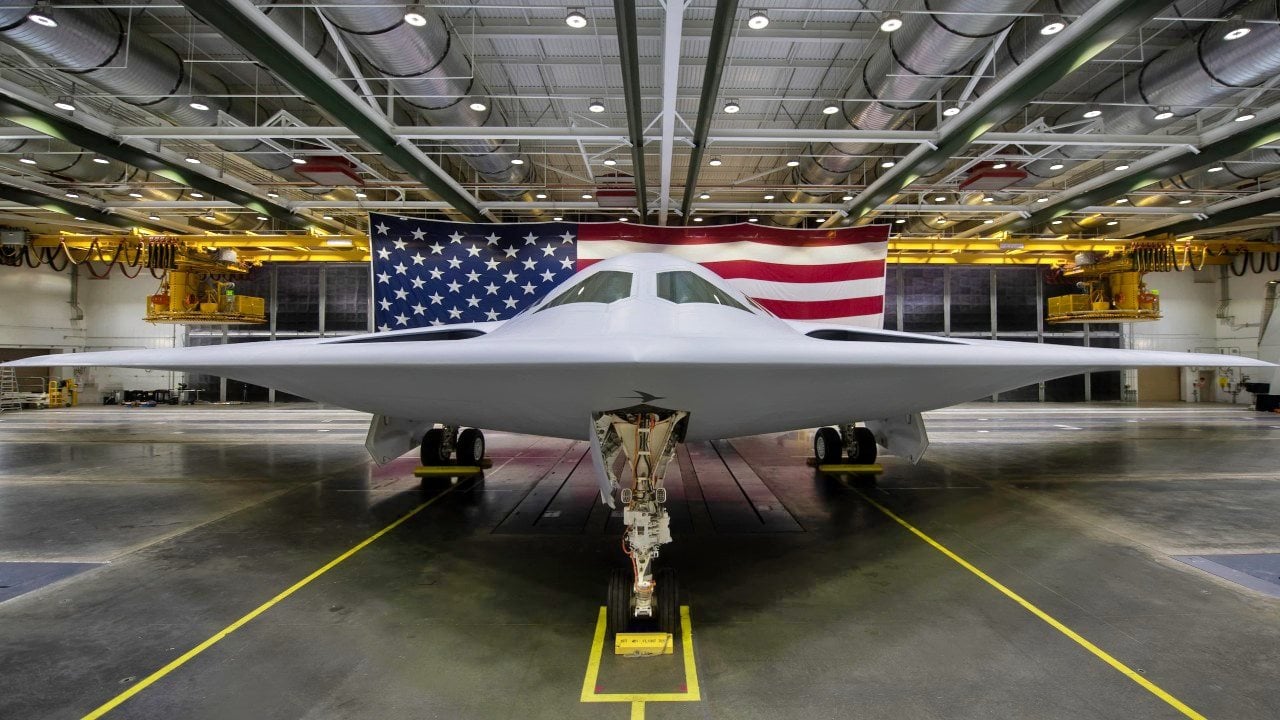The B-21 Raider Is a Big Financial Loss for Northrop Grumman (For Now)

Summary and Key Points: Northrop Grumman anticipates significant losses on the initial production of the B-21 Raider bomber, with up to $1.56 billion in potential losses for the first five units. Despite this, the program remains on schedule and within budget, ensuring taxpayer costs are controlled.

-Future lots of the Raider will see price increases, benefiting the company's financial outlook. Northrop Grumman's stock received an upgrade following the announcement.
-The program, progressing as planned, is expected to include over 100 bombers, although concerns remain about the bomber's relevance given rapid technological advancements and potential long-term costs.
High-flying Margins: Northrop Grumman Looks to See Profit With Future B-21 Lots
Aviation contractor Northrop Grumman is taking a significant loss on its first batch of the B-21 Raider, the future backbone of the United States Air Force's bomber fleet. This has allowed the aircraft to remain on time, and more importantly, for taxpayers to stay on budget. In its early call with investors last week, the company announced it could lose up to $1.56 billion producing the first five Raiders.
Last October, Northrop Grumman chief executive Kathy Warden warned that the B-21 program would not initially see profit. She had previously warned it could see a loss of up to $1.2 billion – while the figures were revised last week.
The Raider Will Cost More
However, the price tag of the Raider is certainly expected to rise, which is good news for investors as it will bolster the company's bottom line. There had been concerns regarding the "profitability" of the long-range strategic bomber, and it has been reported that the Department of Defense (DoD) will have to pay more for subsequent lots of the bombers.
Following the announcement Northrop Grumman received a stock rating upgrade from Deutsche Bank.
"The firm elevated the stock from Hold to Buy, simultaneously increasing the price target to $575 from the previous $474. This adjustment reflects a positive shift in the bank's valuation approach following recent company disclosures," Investing.com reported.
Progress Continues on the B-21 Raider Bomber
During last week's earning call, Warden told investors that the Raider program is progressing as planned, and that includes flight tests. The B-21 remains well within its cost and schedule estimates since it entered low-rate initial production (LRIP) in January.
"As we recently shared, B-21 test pilots report that the aircraft is flying like the simulator, which is another indication that our digital environment has effectively predicted the performance of the aircraft, thus reducing new discovery and risk. For these reasons and more, we continue to believe in the significant value this program will create for customers and shareholders over time," Warden explained.
As previously reported, the U.S. Air Force's B-21 raider program was mapped out to avoid a Nunn-McCurdy Act breach that could come from out-of-control development costs. That legislation, made permanent in 1983, allows lawmakers to better manage the cost of Major Defense Acquisition Programs, as it requires the Pentagon to inform lawmakers if a program will incur a cost or schedule overrun of more than fifteen percent.
That may have forced Northrop Grumman to better manage costs, and stick to the schedule.
Yet, the Raider program – which is expected to include more than 100 bombers – has most of its production covered under a cost-plus contract, which means the Air Force (and in turn the American taxpayer) will reimburse the company for the extra expenses it incurs due to inflation.

The biggest concern now is that it could take more than fifteen years for the Air Force to receive its full order of even just 100 B-21s. If the program is scaled back, costs will rise. Yet, the question remains whether the Raider can retain its cutting edge into the late 2030s as technological advancements have been increasing at a rapid rate. Artificial intelligence (AI), machine learning, quantum computers, autonomous systems, etc. – are evolving constantly, and many of the current platforms could likely be obsolete by the time the platforms reach full-rate production (FRP).
Air Force officials and lawmakers are likely to consider whether the bomber is truly worth the cost.
Author Experience and Expertise: Peter Suciu
Peter Suciu is a Michigan-based writer. He has contributed to more than four dozen magazines, newspapers, and websites with over 3,200 published pieces over a twenty-year career in journalism. He regularly writes about military hardware, firearms history, cybersecurity, politics, and international affairs. Peter is also a Contributing Writer for Forbes and Clearance Jobs. You can follow him on Twitter: @PeterSuciu. You can email the author: Editor@nationalinterest.org.
Image Credit: Creative Commons and/or Shutterstock.
